About Us
Business Vision
Daewoo E&C opened the Daewoo E&C Institute of Construction Technology(DICT), the first research institute in South Korea's construction industry,
in 1983. Since then, DICT has actively engaged in sector research that maximizes the company's design, construction and development capabilities.
DICT is also carrying out large-scale national, future growth and other projects, contributing to the nation's overall construction technological prowess.
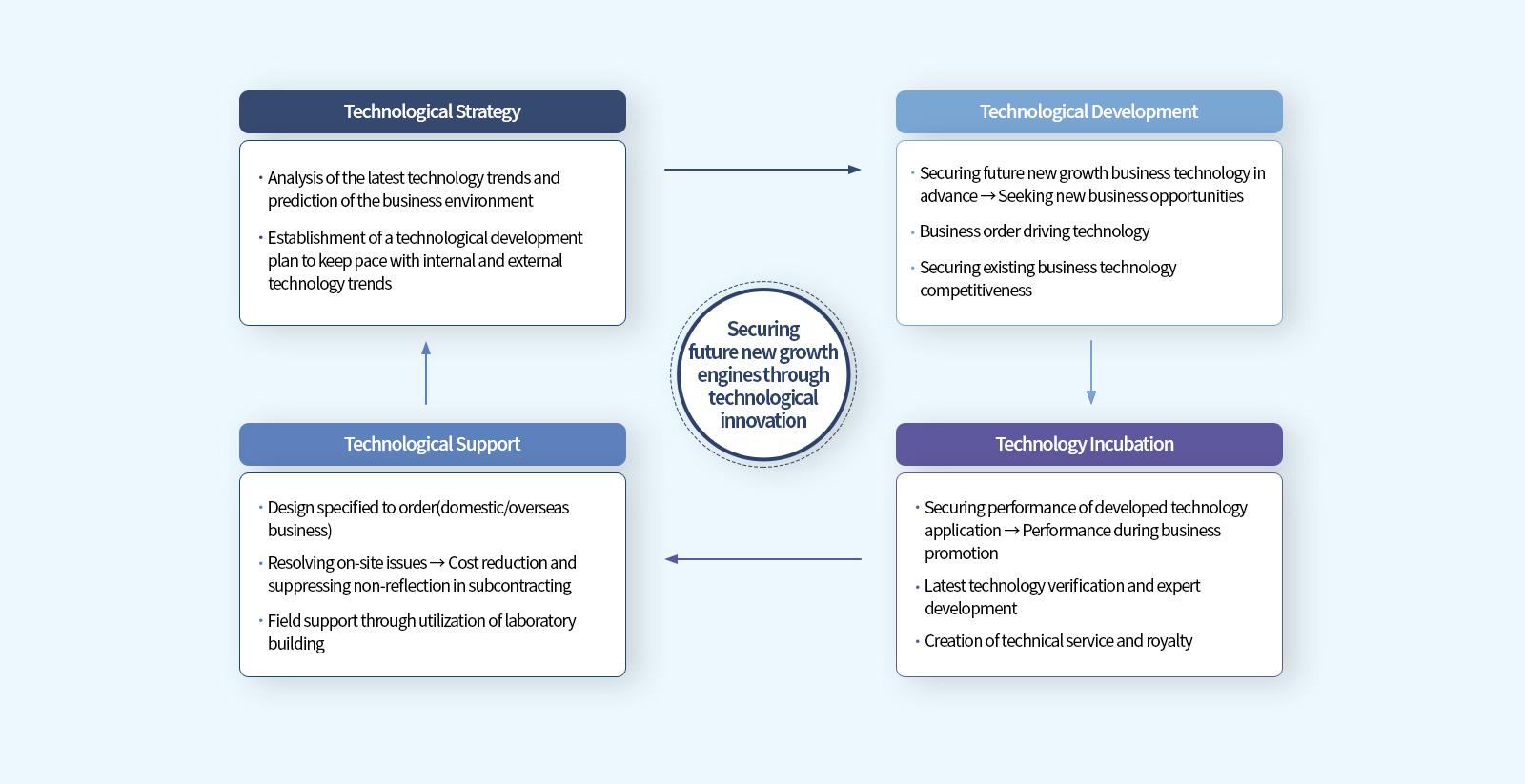
Housing

Off-site construction technology (OSC)
The off-site construction technology employs modular construction
methods, including steel framing and precast concrete, transitioning
the work approach from site-based to factory-centric production.
This shift enhances productivity by reducing construction timelines and costs.

Carbon reduction early strength slag
cement concrete technology
It is a technology that minimizes the use of cement,
a material that emits large amounts of greenhouse gases ( CO2),
and is an eco-friendly, high-quality, low-carbon concrete technology
that can reduce CO2 by up to 54% compared to existing concrete.
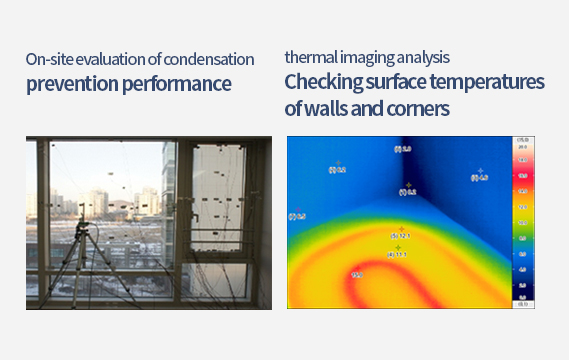
Preventing condensation /
Optimizing building insulation technology
Identifying the causes of condensation on exterior walls,
windows, and in basements, strategies to prevent condensation
formation are proposed.
CIVIL WORKS

Design Technology for 15MW
Floating Offshore Wind Turbine
Since 2020, a 15MW hybrid floating body(MSPAR) model has been developed
in collaboration with the Dutch design company
Monobase Wind. Currently, we are pursuing the the basic design
certification process for design verification.
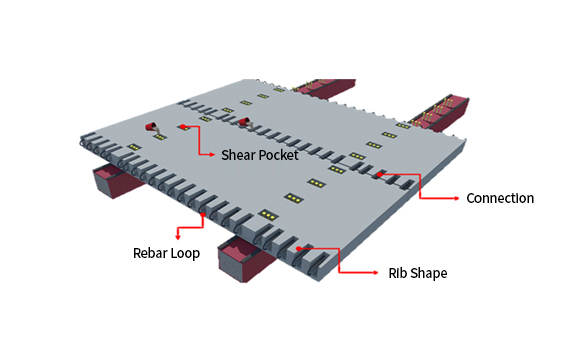
Full Depth Precast Concrete
Bridge Deck System
This system for accelerated bridge construction is able to be
assembled for new construction or replace existing deck,
and the system is favorable for rapid construction and limited site
conditions in overpass bridge construction.

HIT (High-quality Injection Technology)
By reducing cement usage and incorporating eco-friendly grout,
this grouting method helps in minimizing carbon dioxide emissions.
The integration of the automatic injection system adds efficiency and
precision to the process, ensuring consistent quality control.
PLANTS
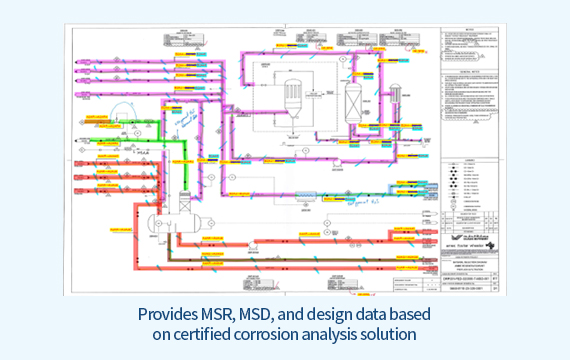
LNG Material Selection &
Corrosion Assessment Technology
The CRA with optimal conditions is selected through basic material
selection guides and simulations considering unit-specific characteristics
(process conditions, corrosion management).
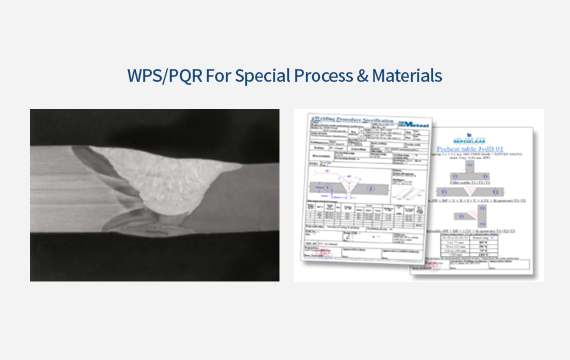
Welding Engineering &
WPS/PQR Development
The engineering and improved technology for welding with recent
improvements are provided. We have welding data for various processes
from domestic/overseas sites, and we are conducting various
verifications such as weldability test.

RAG(Retrieval Augmented Generation)
Based Project Document Analysis Technology
Our RAG technology utilizes LLMs to rapidly review and
analyze project documents, meeting diverse stakeholder needs
and maximizing productivity by providing key insights and analysis.

